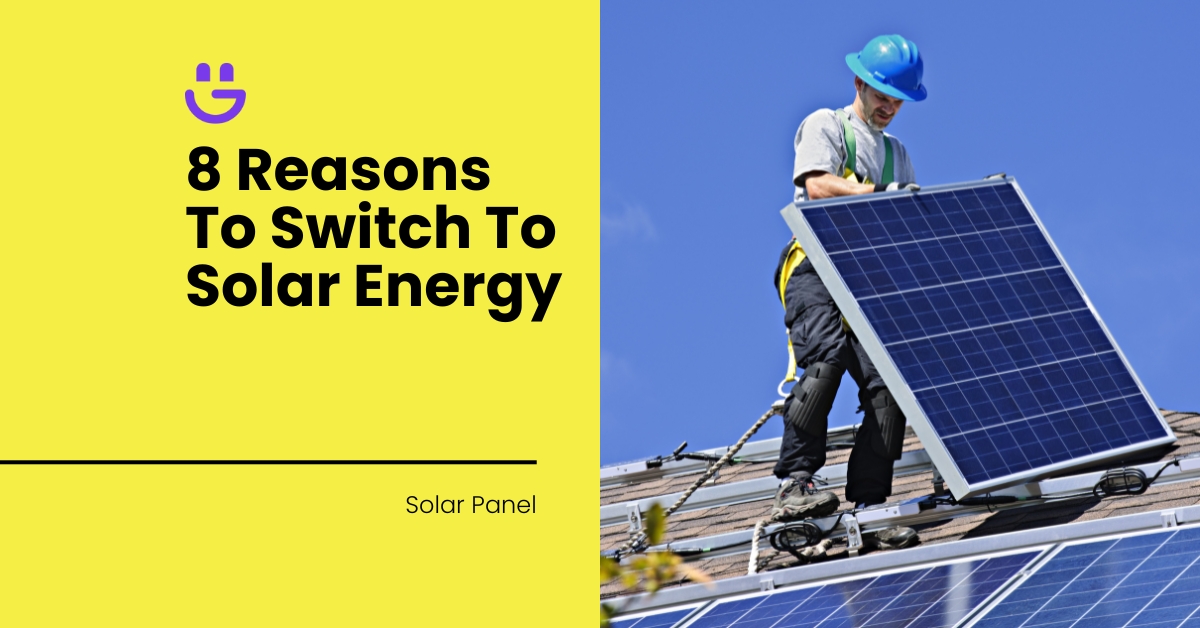Last Updated on November 14, 2025
No, planning permission is generally not required for property owners considering installing solar panels. A solar PV system is considered permitted development which is exempt from planning permission.
There are, however, several exceptions where planning permission for solar panels is necessary. Listed buildings and ground-mounted solar installations are among the most common exceptions.
Understanding the solar planning environment is vital to avoid problems with your local council. This essential guide to solar planning permissions explains permitted development, spotlights properties that need planning approval, and discusses the planning application and appeals process.
Contents
- 1 What Is The General Rule For Solar Panels And Planning?
- 2 What Are The Exceptions That Need Planning Permission?
- 3 How Do You Apply For Planning Permission For Solar Panels?
- 4 How Long Does It Take To Get Planning Permission?
- 5 What Can You Do If Your Planning Permission Is Refused?
- 6 FAQs
- 7 Our Verdict
What Is The General Rule For Solar Panels And Planning?
Here are the general rules for homes and businesses when it comes to solar planning permission.
Homes
In most cases, installing solar panels on a private house falls under permitted development rights. These rights allow you to carry out certain reasonable property renovations and building works. These works don’t require a planning application.
You typically don’t need planning permission to install solar panels provided:
- The panels don’t protrude more than 200 mm from the roof or wall surface (for wall-mounted panels).
- The panels are not higher than the highest part of the roof, excluding chimneys.
- The panels are positioned to minimise the visual impact on the building’s external appearance.
Commercial properties
Like residential properties, commercial installations don’t require planning permission if:
- The panels lie below the highest part of the roof (excluding chimneys) and don’t project more than 200 mm from the roof slope.
- The panels are positioned to minimise visual impact.
Regardless of whether you need planning permission, you should ensure your solar project complies with local building regulations. These include structural integrity and electrical safety guidelines. For example, when installing solar on asbestos roofs, there are additional safety procedures to avoid releasing dangerous asbestos fibres and dust into the environment.
Of course, if you rent your business premises, you need your landlord’s permission to fit solar panels.
What Are The Exceptions That Need Planning Permission?
There are several situations that fall outside of permitted development. Planning approval or stricter regulations apply in these cases.
Here are the most common scenarios where it’s crucial to consult your local planning authority (LPA) before proceeding with a solar build.
Non-compliant installations
Planning permission is required if you want to install solar panels that do not meet the criteria for permitted development discussed above. For example, permission must be sought if your panels will exceed the highest part of your roof.
Designated areas
If your property is in a conservation area, Area of Outstanding Natural Beauty (National Landscapes), or World Heritage Site, additional restrictions apply. These are intended to protect the special nature of the area and surroundings.
There has been some relaxation regarding planning for solar in conservation areas recently, so it’s always best to check with your local authority about the current rules.
Listed buildings
Planning permission is required to install solar panels on a listed building or within the building’s grounds. You will also need a special listed building consent.
Ground-mounted solar panels
For ground-mounted (or stand-alone) solar systems, planning permission is required if any of the following limits are exceeded:
- The solar array area is greater than 9 sq m.
- Panels are taller than 4 m.
- Panels are closer than 5 m to any of your property’s boundaries.
Flat roofs
Installing solar PV on a flat roof involves angling the panels to capture sunlight. This upward tilt can easily exceed the 200 mm raised maximum. For this reason, a solar array on a flat roof is allowed to project 600 mm above the surface.
If the projection exceeds 600 mm, a planning application may be necessary.
Apartment blocks
Installing solar panels on flats and apartments typically requires planning approval.
Unless you own the entire building, fitting solar on a block of flats will involve multiple consents. Individual owners must obtain consent from other apartment owners. Tenants must also obtain permission from their landlords.
Large solar projects
If your solar system is bigger than 50 kW, you will need the prior approval of your local planning authority. This isn’t a formal planning permission process. Rather, the LPA will assess your project to ensure it doesn’t unreasonably impact the surrounding area by, for example, reflecting a harsh glare on your neighbour’s property.
Commercial solar projects generating more than 1 MW of electricity needed planning permission until recently, but this stipulation was relaxed in 2024.
How Do You Apply For Planning Permission For Solar Panels?
As solar panels become more widely adopted, planning regulations are being continually reviewed. To keep up to date with solar planning you can check the Planning Portal (England and Wales), Planning Northern Ireland, or mygov.scot (Scotland).
To get planning approval for a solar PV setup, you must submit an application to your local council. The application provides the LPA with a detailed overview of your project.
Here are the steps to seek planning approval.
- Establish if planning permission is required: Research your situation, liaise with your local planning office, or have the site assessed by a certified solar installer to confirm if planning permission is needed.
- Understand the application requirements: Confirm the details and documentation you must submit. It’s a good idea to liaise with your local planning office to ensure you know exactly what’s needed.
- Hire a planning consultant: While you can handle the planning application yourself, an expert planning consultant who knows the system may help the process along.
- Collect the necessary information: Planning considerations include details about the project’s size, design, location, and potential impacts on the local area. Supporting plans and drawings may be needed too.
- Complete and submit your application: When you submit the application, you must pay an application fee. Different LPAs charge different fees; it is usually a few hundred pounds.
- Wait for the review process: Your LPA will review your application and reply with an approval (or rejection) within one to three months.
How Long Does It Take To Get Planning Permission?
After you’ve submitted your application, planning permission usually takes six to 12 weeks. The waiting time depends on factors like the size and complexity of your project and how busy the local authority is.
If your application is particularly complex or your council is very busy, you could wait longer than 12 weeks for your answer.
What Can You Do If Your Planning Permission Is Refused?
If your local planning authority rejects your application, you can appeal the decision in writing. The appeals process also includes a public inquiry or an informal hearing. The UK Government’s website explains the planning permission appeals process.
Over 27% of appeals are successful. For solar panel-related appeals, the success rate is even higher, at over 40%.
If your appeal is unsuccessful and you believe the decision is unfair, you can appeal through the Local Government & Social Care Ombudsman. This can only be done after you’ve written to the head of your LPA and haven’t received a satisfactory response.
FAQs
Is it legal to install your own solar panels in the UK?
Legally, you’re allowed to install your own solar panels in the UK. No law says solar panels must be installed by an accredited or certified service provider. However, it’s recommended that you get a properly certified professional, like an MCS-accredited installer, to manage your solar panel installation to ensure the system is properly and safely fitted and configured.
Can I put solar panels in my garden?
Yes, you can mount a solar panel system in your garden. You won’t need planning permission unless the system is larger than 9 sq m, or taller than 4 m, and is located less than 5 m from the property boundary.
Are there building regulations for installing solar panels?
Even if your solar installation doesn’t need planning permission, it must still comply with the normal building regulations in your area. These regulations ensure the structural safety of the installation and the safe wiring of all electrical connections.
Our Verdict
Understanding the planning permission requirements for installing solar panels will help you avoid complications and possibly legal issues down the road. Be sure to check the latest regulations and consult with your local planning authority before ordering solar panels.
By complying with local regulations and obtaining permissions where necessary, you effectively future-proof your home or business.
Government and planning authorities are making it increasingly easier to install solar panels, helping thousands of property owners make energy savings and reduce carbon emissions.
To transform your property into a solar power zone and enjoy the savings and environmental benefits, get a quick, free solar installation quote by contacting Eco Happy today.





Tom Allen
Solar Expert